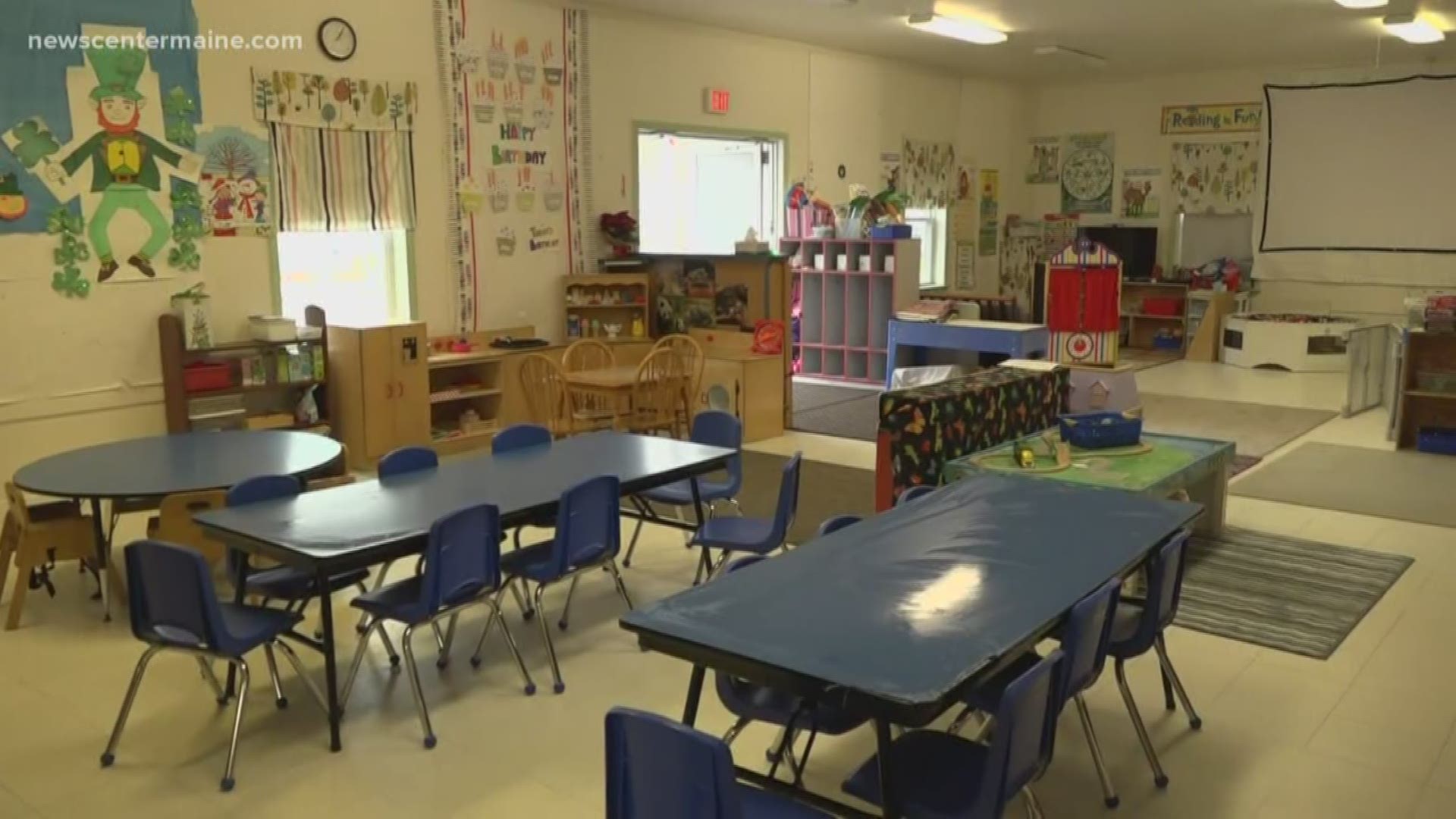MAINE, USA — For the millions of people in this country, life is changing rapidly as the coronavirus (COVID-19) continues to spread. As of March 23, 2020, NBC News reported more than 35,000 people in the United States have tested positive for the virus and at least 440 people have died.
In an effort to slow the spread of the global virus, many schools across the country, including here in Maine, have shuttered, forcing millions of students to stay home. Overnight, parents were handed the teachers' baton, tasked with teaching their kids remotely. For many of them, homeschooling is uncharted territory, which is causing its own set of fears.
Although schools are offering support via online learning opportunities, it can be challenging for younger kids to navigate and even more daunting for parents of children with special needs, like autism, to implement. That's because kids with learning disabilities often need familiar routines to establish safety and security. They also need crucial services, including speech and occupational therapy to help with learning difficulties.
Students with special needs are not the only ones struggling during these challenging times. Their parents are trying to figure out how to balance working full time from home with teaching and supervising their children 24/7. To help parents get some additional support, I asked Brian Carmichael, a special education teacher at Congin Elementary School in Westbrook, for some helpful tips.
"The most important thing parents or caregivers can do to help a child with special needs cope during these uncertain times is to create a routine or schedule," Carmichael said. “It is very important to help establish a routine in times like this. It helps kids know what to expect and help with any stress not knowing can cause.”
Families that are struggling with special education instruction can ask their children's school to help to create a schedule based on the children’s typical day at school. Carmichael also stressed the importance of helping kids learn flexibility. He said to start by making one small change to the daily schedule. For example, alternate between reading books and coloring or singing songs. Another tip he suggested is to use pictures to help explain to your child their schedule.
"Visual schedules help kids know what to expect, what comes next and when an activity is done,” Carmichael said. This is especially important for kids who have a difficult time comprehending verbal direction. Carmichael also recommended incorporating visual timers to help children know when an activity is coming to an end and when it’s time to move to something else on the schedule.
Here is a list of helpful resources for parents compiled by Carmichael:
Blog post by BCBAs offering tips for working with children at home without support:
A blog focusing on social-emotional skills:

